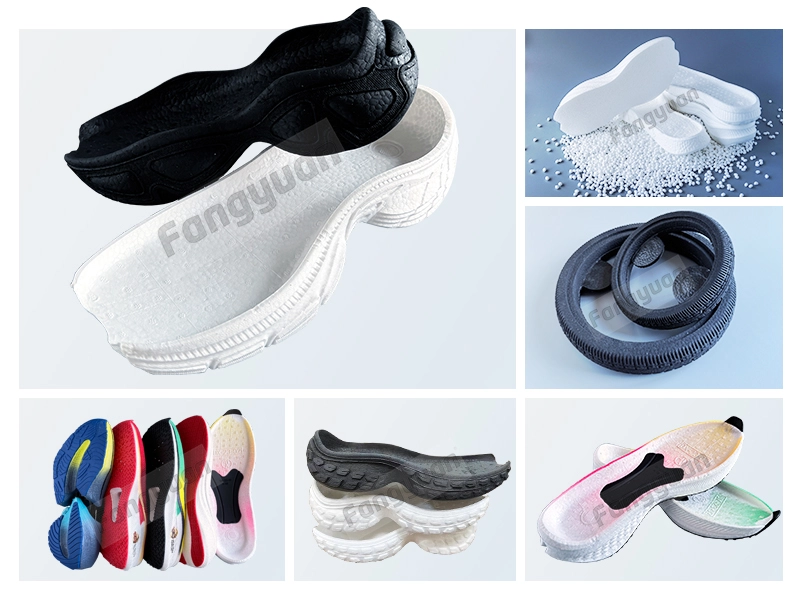Introduction:
The world of manufacturing has seen significant advancements in technology over the years, but one area that continues to challenge businesses is the use of ETPU (Ethylene Terephthalate) resins. These thermoplastic polyurethane materials are often used in a variety of applications due to their unique properties and versatility, yet they can present challenges for some manufacturers. This article aims to explore the common issues faced when using ETPU machines and introduce innovative solutions designed to address these challenges.
Common Issues with ETPU Machines:

1. Inconsistent Quality: ETPU machines can produce inconsistent results, which may lead to costly rework or rejected products.

2. High Maintenance Costs: Regular cleaning and maintenance are necessary to ensure optimal performance, leading to higher operational costs.
3. Complexity of Setup: Setting up new machines requires extensive knowledge of the process, which can be timeconsuming and expensive.

4. Limited Compatibility: Not all machines are compatible with all ETPU formulations, causing compatibility problems during production.
5. Energy Efficiency: High energy consumption is associated with traditional ETPU processing methods, impacting sustainability goals.
Innovative Solutions:
1. Smart Automation: Implementing smart automation solutions can help streamline processes, reducing laborintensive tasks and improving efficiency.
2. Preventive Maintenance Programs: Establishing proactive maintenance programs can extend machine life cycles and reduce downtime, saving on both costs and disruptions.
3. Training and Education: Providing comprehensive training and education sessions ensures that operators understand the intricacies of the machinery, minimizing errors and maximizing productivity.
4. Machine Upgrade Options: Offering upgrade options for machines can accommodate changes in product requirements without having to replace entire equipment.
5. Green Technologies: Utilizing green technologies like biodegradable solvents or waterbased processes reduces environmental impact while ensuring highquality materials.
Conclusion:
The integration of these innovative solutions into existing ETPU machine operations will not only mitigate many of the common issues but also pave the way for more sustainable and efficient production processes. By embracing these strategies, manufacturers can overcome the hurdles associated with ETPU machines and continue to drive growth and competitiveness in their respective industries.
























 QQ
QQ